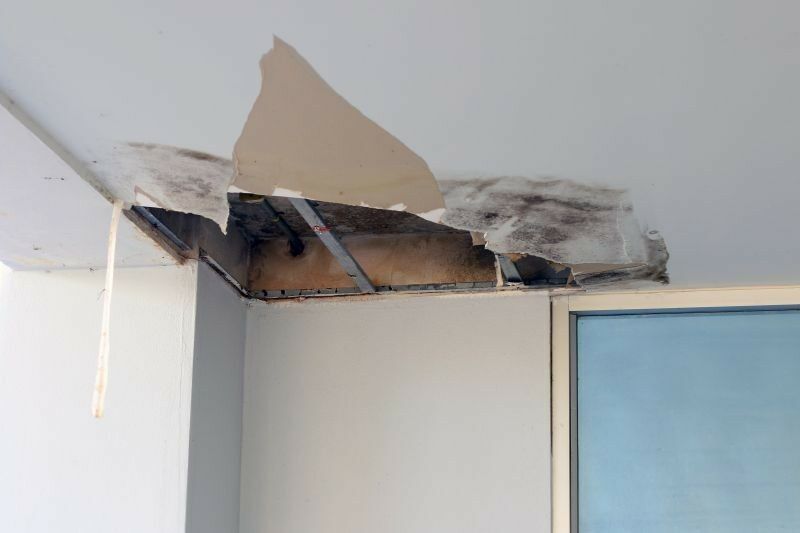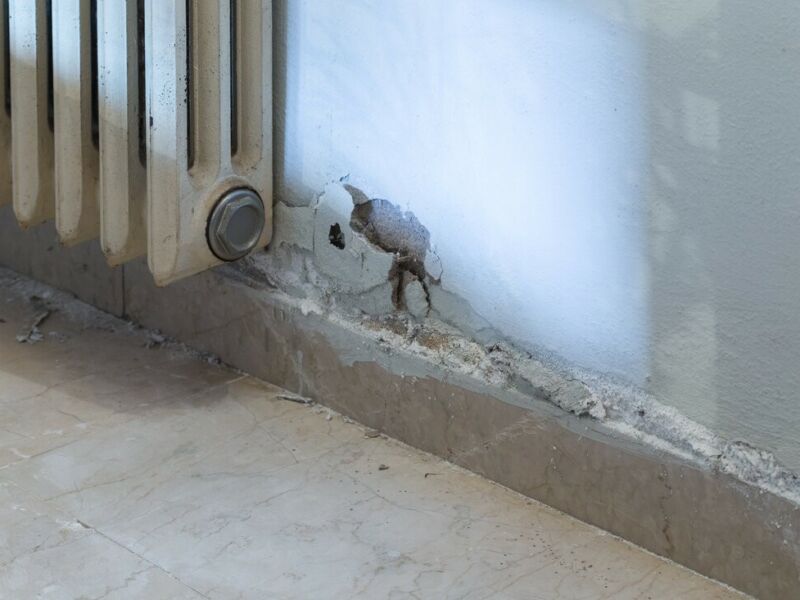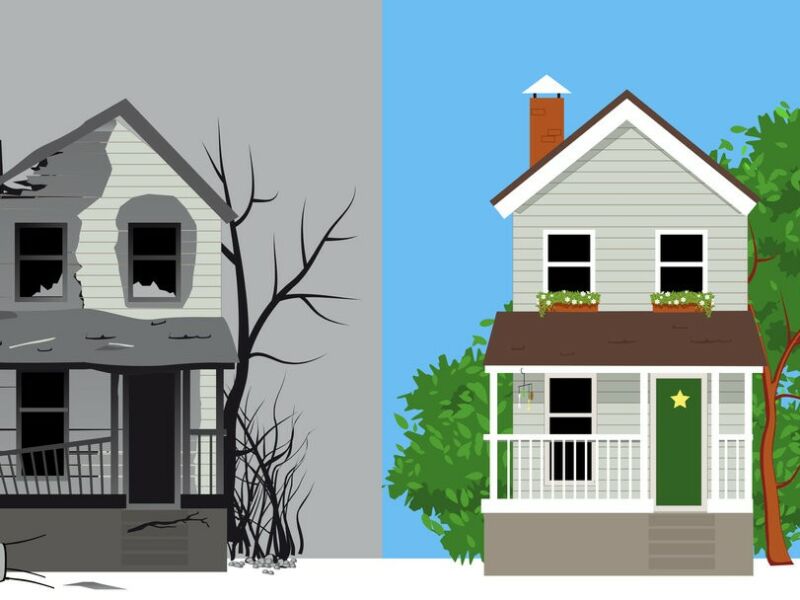
Introduction
Water damage can have a significant impact on various parts of a property, including brick and masonry structures. Assessing the extent of water damage to these materials is crucial for proper restoration and preventing further deterioration. In this article, we will explore the process of assessing water damage to brick and masonry, including the signs to look for and the steps to take for restoration.
Signs of Water Damage to Brick and Masonry

Identifying water damage to brick and masonry structures requires careful observation of visible signs. Here are some common indicators:
1. Discoloration
Water damage can cause the surface of bricks and masonry to become discolored. You may notice dark patches, streaks, or areas of discoloration that differ from the surrounding unaffected areas.
2. Efflorescence
Efflorescence refers to the white, powdery deposits that appear on the surface of brick and masonry when water evaporates. This is a common sign of water damage and typically indicates the presence of excess moisture.
3. Crumbling or Deterioration
Excessive exposure to water can cause bricks and masonry to deteriorate, leading to crumbling or disintegration. If you notice loose or crumbling bricks, it is likely a sign of significant water damage.
4. Mold and Mildew Growth
Water damage creates a favorable environment for mold and mildew growth. If you observe mold or mildew on the surface of bricks and masonry or detect a musty odor, it is a clear indication of water infiltration.

5. Structural Instability
Prolonged exposure to water can compromise the structural integrity of bricks and masonry. Warping, sagging, or bulging walls may indicate severe water damage that requires immediate attention.
Steps for Assessing Water Damage
When assessing water damage to brick and masonry structures, it is essential to follow a systematic process. Here are the steps involved:
1. Visual Inspection
Begin by conducting a thorough visual inspection of the affected areas. Look for signs of water damage discussed earlier, paying close attention to corners, joints, and areas where water is likely to collect.
2. Moisture Testing
Use a moisture meter to test the moisture levels in the affected materials. This will help determine the extent of water saturation and identify hidden pockets of moisture that may not be visible to the naked eye.
3. Structural Assessment
Assess the structural integrity of the brick and masonry. Check for any cracks, bulges, or other signs of damage that could compromise the stability of the structure. Consult with a professional if extensive structural damage is detected.
4. Document the Damage
Take photographs and videos of the water-damaged areas. This documentation will be useful for insurance claims and communicating with restoration professionals.
5. Consult a Water Damage Restoration Professional
For an accurate assessment and effective restoration, it is highly recommended to consult a water damage restoration professional. They have the expertise and specialized equipment to assess the damage properly and develop a comprehensive restoration plan.
Restoration Process
Once the assessment is complete, the restoration process can begin. Depending on the severity of the water damage, the restoration may involve the following steps:
1. Water Extraction
Using professional-grade equipment, the restoration team will extract any standing water or excess moisture from the affected areas. This is crucial for preventing further damage and mold growth.
2. Drying and Dehumidification
The affected areas will be thoroughly dried using specialized drying equipment such as air movers and dehumidifiers. This process helps remove any remaining moisture from the brick and masonry.
3. Cleaning and Disinfection
The brick and masonry surfaces will be cleaned and disinfected to remove contaminants and inhibit mold and bacterial growth.
4. Structural Repairs
If there is any structural damage, repairs will be made to restore the stability and integrity of the affected areas. This may include replacing damaged bricks, reinforcing weak areas, or repairing cracks.
5. Restoration and Finishing
Finally, the restoration team will restore the brick and masonry surfaces to their original condition, ensuring a seamless finish that blends with the surrounding areas.
Conclusion
Assessing water damage to brick and masonry structures is a critical step in the restoration process. By identifying the signs of water damage and following a systematic assessment process, you can ensure effective restoration and prevent further deterioration. If you require professional water damage restoration services in Las Vegas, contact JGW Group Water Damage Restoration at 725-240-0640 or visit their website for more information.
What are the signs of water damage to brick and masonry?
What steps are involved in assessing water damage to brick and masonry?
Sources:
- Water Damage Restoration Collection Articles
- The Best Water Damage Restoration Services of 2023
- Water and Flood Damage Cleanup Guide
- Water Damage Restoration and Flood Cleanup
- Best Water Damage Restoration Services of 2023
- Tips and Tricks for DIY Water Damage Cleanup
Important facts and statistics about water damage:
- Homes in the United States leak over one trillion gallons of water every year. – src: Water Damage Statistics (2023) – RubyHome.com
- 10% of households will waste over 90 gallons of water each day through minor leaks and drips. – src: JGW Group Water Damage Restoration Las Vegas
- Water damage affects around 14,000 people in the U.S., which translates to 1.6% of homes nationwide experiencing water damage in any given year. – src: JGW Group Water Damage Restoration Las Vegas
Remember, it’s essential to take immediate action when dealing with water damage to prevent further damage and ensure the safety and stability of your property.



